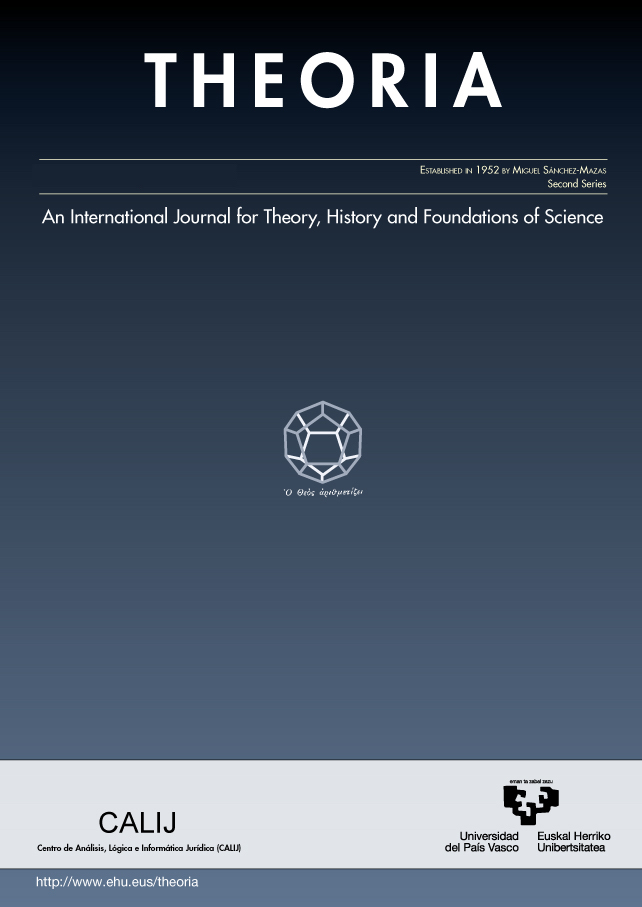¿"Natural" y "Euclidiana"? Reflexiones sobre la geometría práctica y sus raíces cognitivas
##plugins.themes.bootstrap3.article.main##
##plugins.themes.bootstrap3.article.sidebar##
Published
20-06-2018
José Ferreirós
Manuel Jesús García-Pérez
Abstract
We discuss critically some recent theses about geometric cognition, namely claims of universality made by Dehaene et al., and the idea of a "natural geometry" employed by Spelke et al. We offer arguments for the need to distinguish visuo-spatial cognition from basic geometric knowledge, furthermore we claim that the latter cannot be identified with Euclidean geometry. The main aim of the paper is to advance toward a characterization of basic, practical geometry – which in our view requires a combination of experiments on visuo-spatial cognition with studies in cognitive archaeology and comparative history. Examples from these fields are given, with special emphasis on the comparison of ancient Chinese and ancient Greek geometric ideas and procedures.
How to Cite
Ferreirós, J., & García-Pérez, M. J. (2018). ¿"Natural" y "Euclidiana"? Reflexiones sobre la geometría práctica y sus raíces cognitivas. THEORIA. An International Journal for Theory, History and Foundations of Science, 33(2), 325–344. https://doi.org/10.1387/theoria.17839
##plugins.themes.bootstrap3.article.details##
Keywords
Cognitive archaeology, geometric cognition, core cognition, chinese geometry, cognitive tools, comparative history.
Section
MONOGRAPHIC SECTION
Authors retain copyright and grant the journal right of first publication with the work simultaneously licensed under a Creative Commons License.

